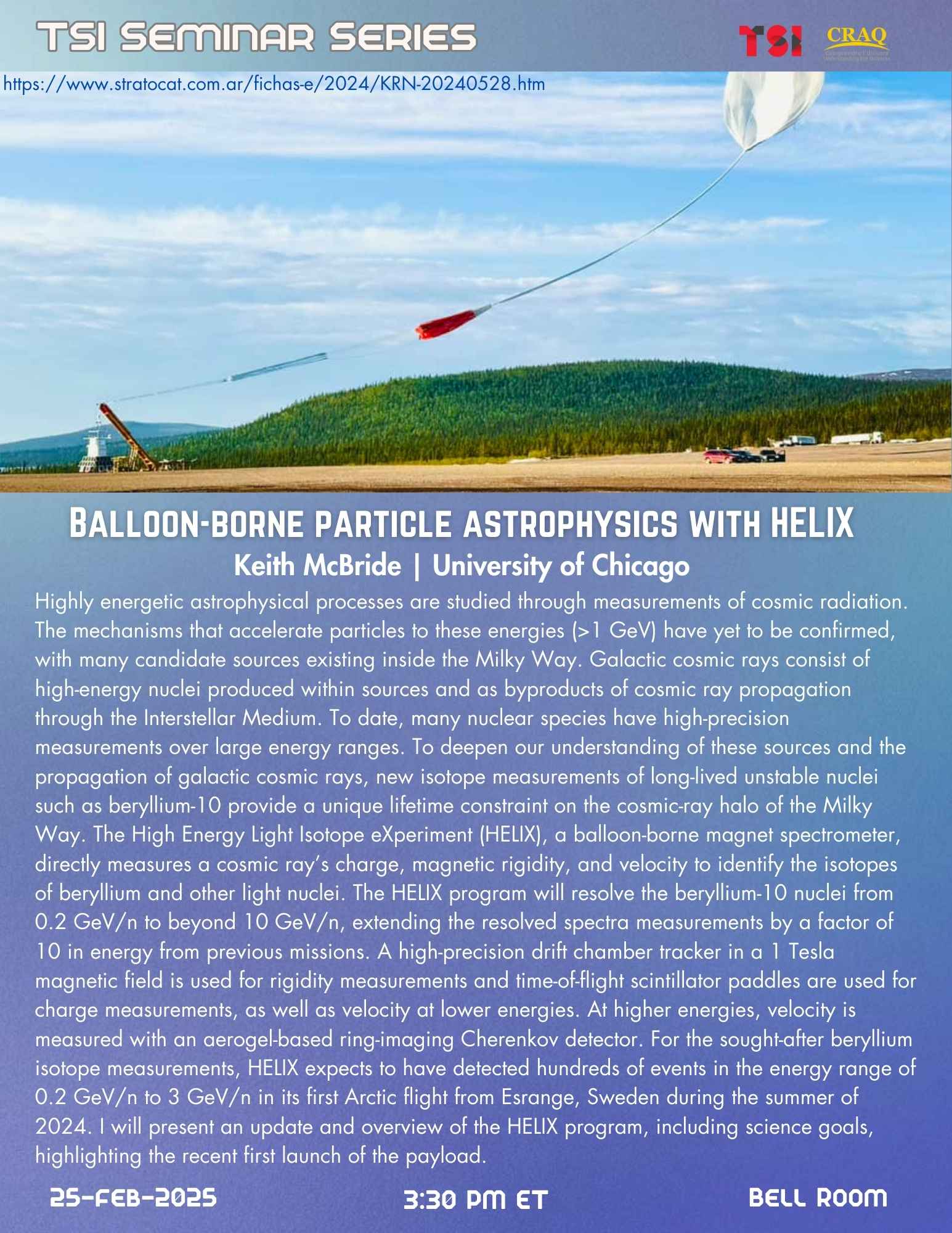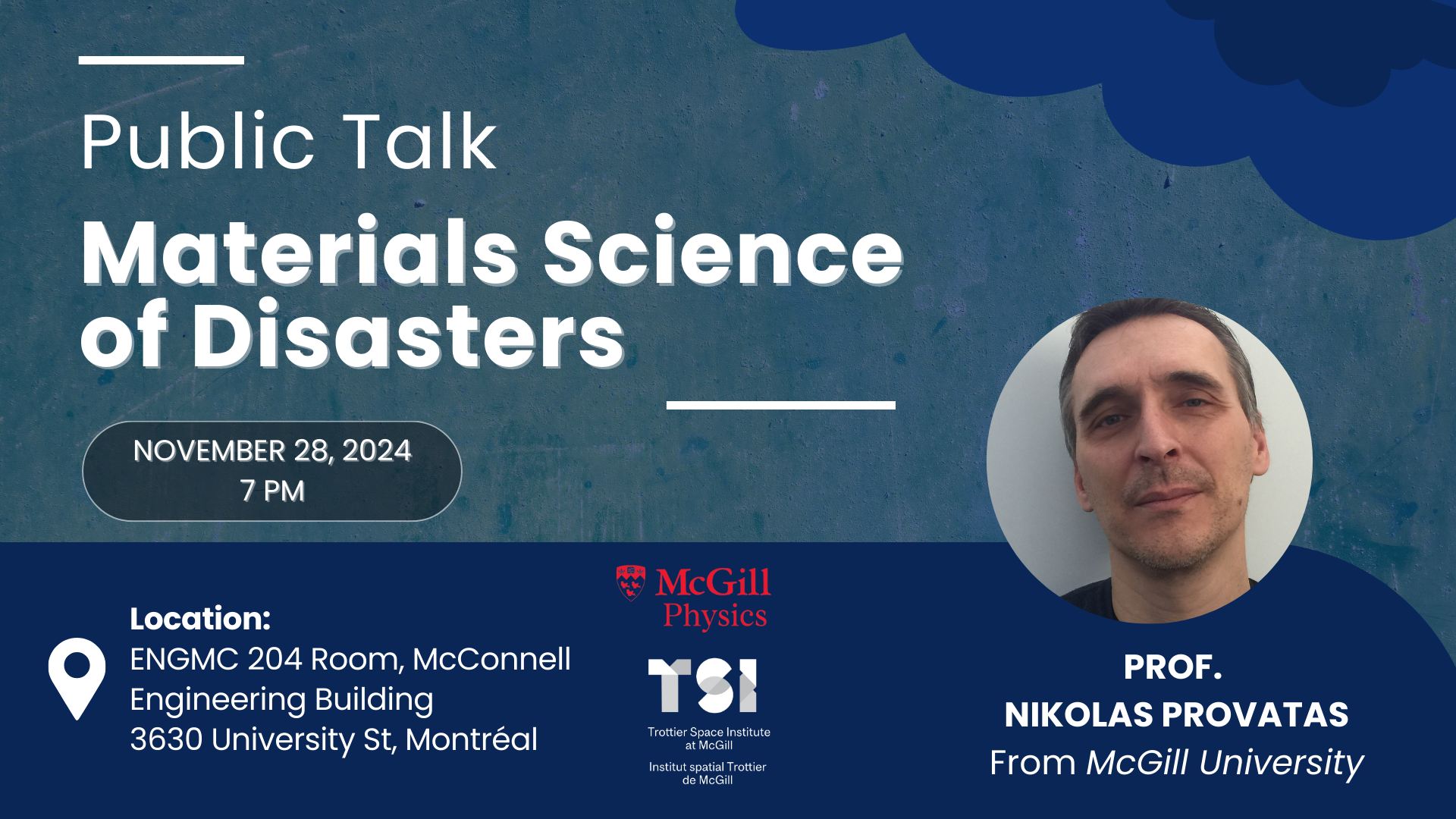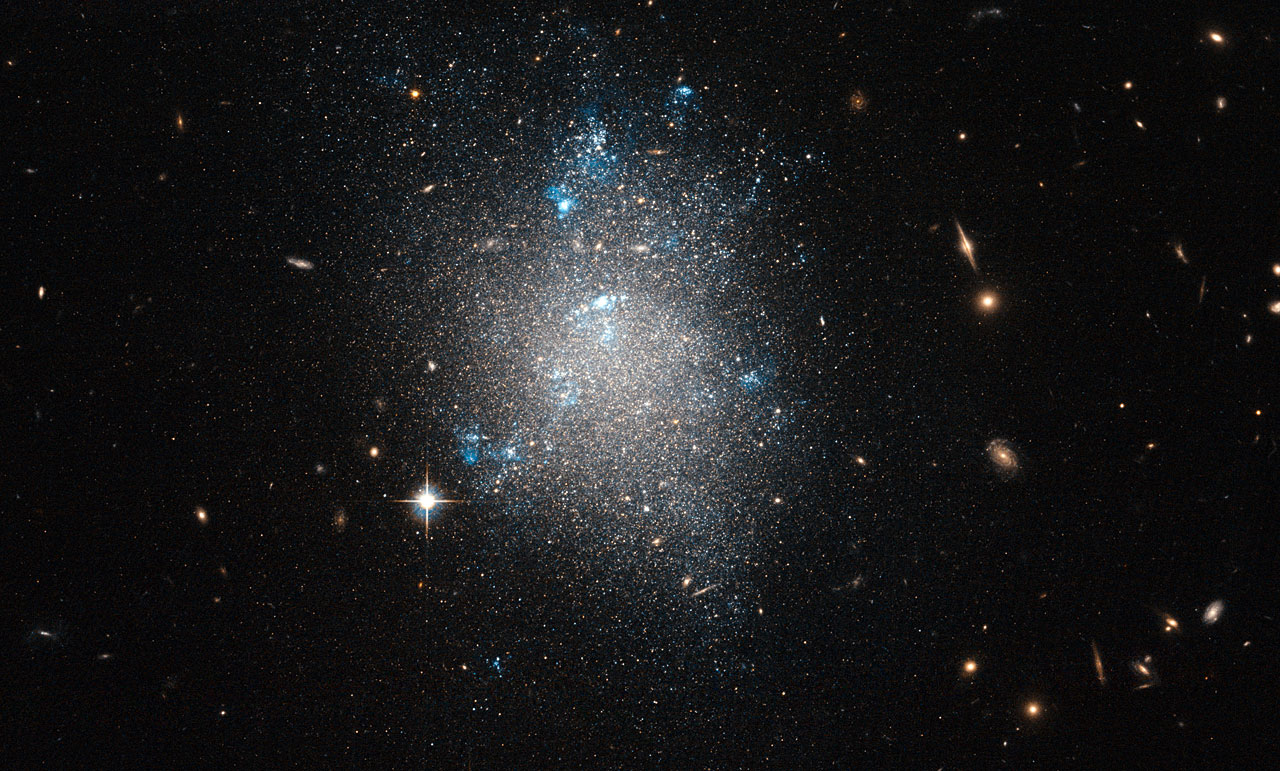Dark Gas and Solid H2 in the Galaxy
Mark Walker
(Manly Astrophysics)
May 13, 2024 3:30 PM
Location: Bell Room
Special Seminar
In astronomy, solid hydrogen has been largely ignored for over 50 years. That was a mistake. It came about because the pure solid was shown to sublimate rapidly under interstellar conditions; but in the ISM solid H2 is expected to become electrically charged, and the electric field suppresses sublimation. I will argue that the spectroscopic properties of interstellar dust make a strong case in support of solid H2 being a major dust component. In turn, that suggests that our Galaxy possesses a substantial reservoir of dark gas clouds - hydrogen "snow clouds". I'll describe a new picture of the physics of interstellar scattering of radio waves, based on the tidal disruption of H2 "snow clouds" by stars. Somewhat surprisingly, that work has also led us to a beautiful new model of the rare, but spectacular, R Coronae Borealis stars.




































